October 17, 2014
Google and Deloitte set out blueprint for collaborative work in Australia
 Deloitte Digital has launched the final version of its report into the collaborative economy carried out on behalf of Google Australia. An interim report, published in July, estimated that the benefits of collaboration to the Australian economy is already $46 billion and could rise to $56 billion. The report also claims that collaboration could help to address specific structural problems including falling productivity and a comparative lack of innovation. The study claims that the average Australian worker spends just under half of a typical working day interacting with other people but that there remains considerable room for improvement in the way those interactions take place. The final version of the report also includes a toolkit to help individuals and organisations to gauge their level and success of their collaborative work. Tellingly, the test is weighted one-third to workplace design, one-third to technology and one-third to culture and governance.
Deloitte Digital has launched the final version of its report into the collaborative economy carried out on behalf of Google Australia. An interim report, published in July, estimated that the benefits of collaboration to the Australian economy is already $46 billion and could rise to $56 billion. The report also claims that collaboration could help to address specific structural problems including falling productivity and a comparative lack of innovation. The study claims that the average Australian worker spends just under half of a typical working day interacting with other people but that there remains considerable room for improvement in the way those interactions take place. The final version of the report also includes a toolkit to help individuals and organisations to gauge their level and success of their collaborative work. Tellingly, the test is weighted one-third to workplace design, one-third to technology and one-third to culture and governance.




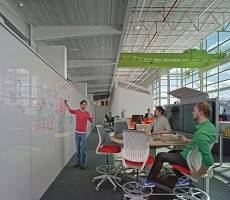

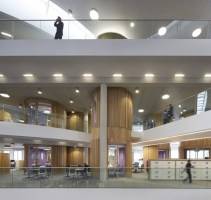

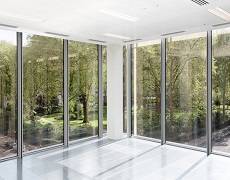

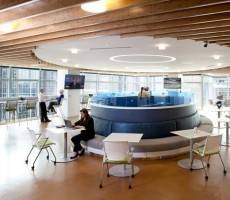

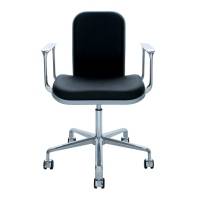
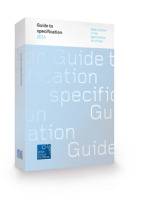















October 6, 2014
A feeling of togetherness is essential and motivating, so why would we kill off the office?
by Mark Eltringham • Comment, Facilities management, Flexible working, Knowledge, Workplace design
It is still depressingly commonplace to read proclamations of the death of the office. These are usually appended to some survey or other about the rise of flexible working or a case study of a workplace devoid of desks (or, more likely, one in which none are pictured). Of course, the actual conclusion we can draw from such things is that the office as we once knew it is now dead or mutating into something else, but that’s true for every aspect of modern life. The constant factor that ensures offices will always exist, in some form or other is the human they serve. We know that because, as Tom Allen proved at MIT in the 1980s, people communicate less well the greater the physical distance between them. Now new research from Stanford University shows how the very idea of ‘togetherness’ can have a significant impact on the way people perform. The study, by researchers Priyanka Carr and Gregory Walton was published in the Journal of Experimental Social Psychology and concluded that ‘social cues that signal an invitation to work with others can fuel intrinsic motivation’.
More →